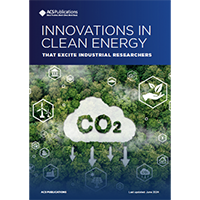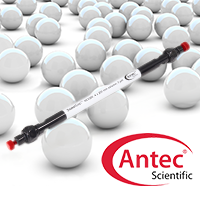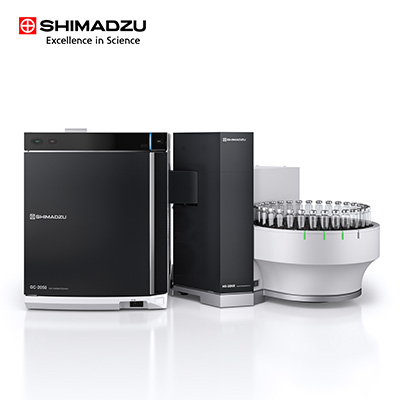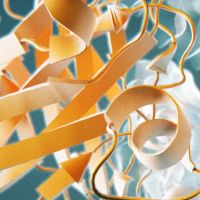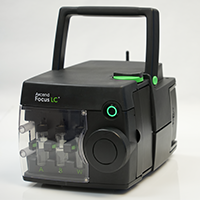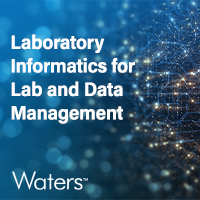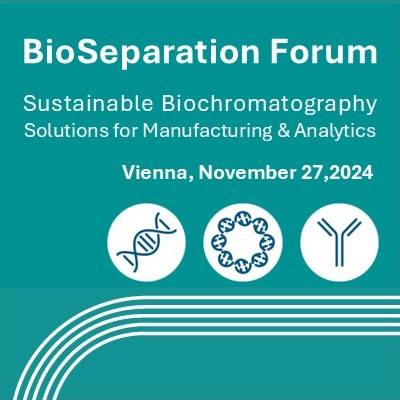|
||||||||||||||
|
||||||||||||||
|
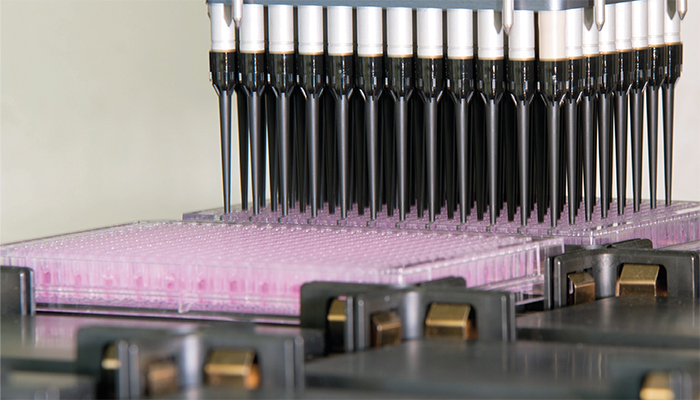
|
| Essential Reading Worse Than the Sum of their Parts? Naturally ingested chemicals that are usually ineffectual at low concentrations have the potential to form mixtures with others in the human body to produce neurotoxic effects, according to a recent study involving pregnant women. “Our findings clearly show that we cannot regulate on a chemical-by-chemical basis, and that complex mixtures must be addressed in risk assessment and regulation,” said first author Beate Escher, in an interview. Atmospheric Alarms As part of a new series featuring leaders in the field of environmental analysis, atmospheric aerosol expert Markku Kulmala shares his mission to set up thousands of environmental monitoring stations around the globe." Reducing direct emissions of particulate matter is relatively straightforward. The more challenging issue today is related to secondary aerosol particles, which dominate both global and regional air pollution. These particles form in the atmosphere through chemical reactions – what I call 'airborne production of particulate matter.' Reducing this type of pollution is much harder because it involves understanding the complex, nonlinear atmospheric chemistry behind it." If I Had a Billion Dollars… Part Three Imagine a $1 billion research grant, what would you do? Five Power List Planet Protectors reveal their answers… Michael Gonsior: “This is easy as an analytical chemist. Mass spectrometry evolution continues to be remarkable and combining different types of mass spectrometers will create a workflow that is most suitable to tackle the challenge of structural elucidation of compounds in extremely complex mixtures and at very low concentrations of individual compounds [...] Let's now create a workforce of 100+ scientists that work together on the biggest analytical/environmental challenges within the ‘Anthroposphere and Planetary Boundary Center’ and you will easily spend $1 billion.” |
|
|
||||||||
| PRODUCT PROFILES FROM AIR PRODUCTS & ANTEC | ||||||||
|
||||||||
|
||||||||
|
|
| Also in the News... All Hands on Deck. Researchers examining the clavicle bones of 16th-century sailors from the Mary Rose, a Tudor warship, have discovered a possible connection between left/right-handedness of a person and their bone chemistry as they age. Hydrogen Boon. Researchers have developed a new method for precise hydrogen gas quantification using tunable diode laser absorption spectroscopy (TDLAS). A Gripping Tale. What’s so special about the unique “Rubbing Mud” used to prepare Major League baseballs? This special mud, sourced from a secret river location in New Jersey, enhances the texture and handling of baseballs – but, until now, the science behind its effectiveness remained unexplored. Now, this nearly century-old baseball tradition has finally been demystified. Chewing the Fat. The identification of a key metabolic mechanism has revealed how ketogenic diets (KD) could protect against autoimmune neuroinflammation in diseases, such as multiple sclerosis. |
| Upcoming Brand Events Nitrosamine Analysis in the Pharma Industry: Trends, Challenges, and Future Perspectives
11/14/2024 | 03:00 PM Europe/London | Register Now Power List Perspectives on The Future of Analytical Science
12/12/2024 | 04:00 PM Etc/GMT | Register Now |
|
|
||||||||
| APPLICATION NOTES FROM SHIMADZU & SCIEX | ||||||||
|
||||||||
|
||||||||
|
|

|
| More from The Analytical Scientist Plastics: Squaring the Circular Economy Emerging analytical methods for more precise quantification of hydrocarbon composition and impurity detection may prove essential to realizing a circular plastic economy. Read the article PFAS Remediation: Do We Have the Solutions to the Forever Problem? Analytical scientists are playing a crucial role in the development of technologies to remove PFAS from our environment – but, without greater interdisciplinary collaboration, a complete solution remains out of reach. Read the article CD-MS: “A Whole New Ballpark for Mass Spectrometry” Evan Williams is surprised that more companies aren’t interested in commercializing charge-detection technologies, given their potential to address challenges in viral particle analysis, synthetic nanoparticle characterization, and single-cell analysis – areas where traditional methods fall short. Read the article |
|
|
||||||||
| SPECIAL PROMOTIONS | ||||||||
|
||||||||
|
||||||||
|
||||||||
|
|

|
|


